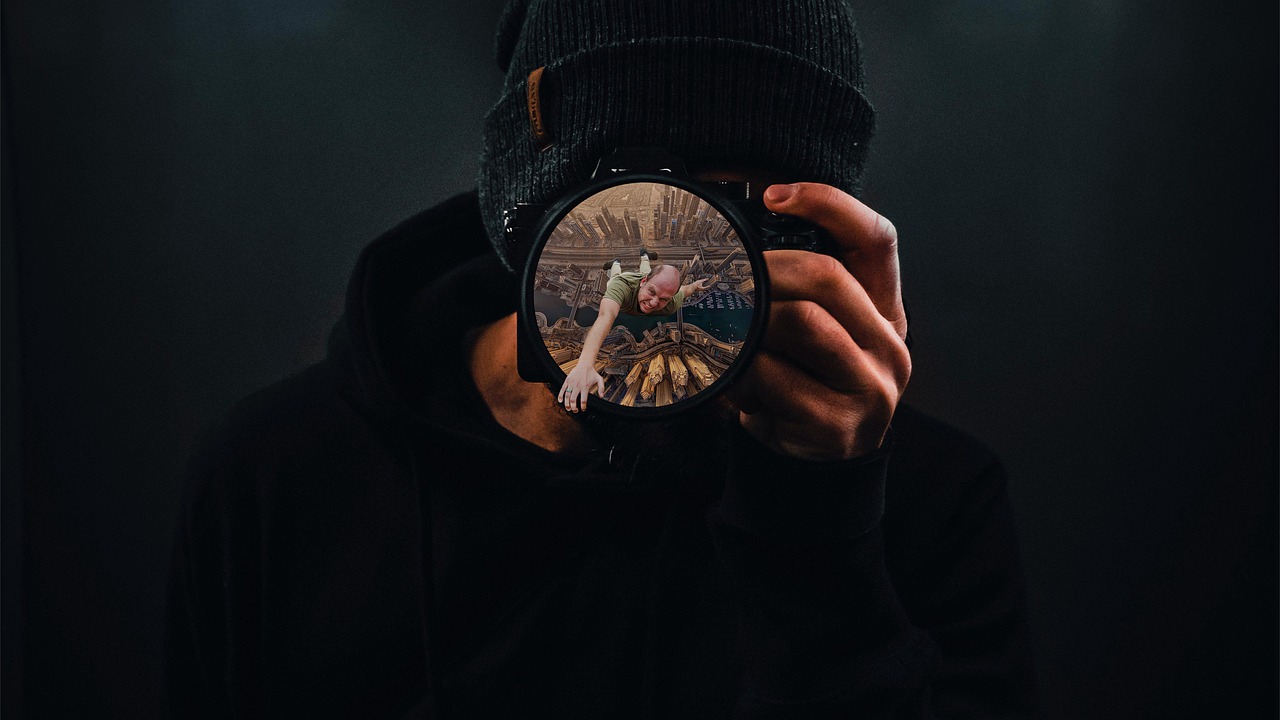Even if you take thousands of photos for your business, some will be of more importance than others. The importance of the photograph relates not only to its aesthetic value but also to its ability to communicate a message. The power of a picture lies in its ability to convey an idea with just a few essential elements. Whether you are trying to sell your product, impress a client, or communicate an idea, knowing how to use a photograph in your communication can make or break it.
Having a family photo makes a positive impact on anyone who sees it. It shows that you care about how you look and what you do. Having a photograph taken can also remind others how valuable they are to you and how important life is. Using color is a way of communicating feelings in a way that visual images aren’t able to. Using lighting, props, and background elements also adds additional elements to create a mood or effect.
This article digs deep into why you need to take your pictures.
The Power of Photographs
A photograph is like a key to your soul. The first impression you get of someone can be irreplaceable. Once you have that first impression, it’s hard to change. That’s why photographs are so important; they help set you up for life. A picture can tell you more about a company, product, person, and situation than any other single piece of information can.
A photograph can transport you to a different place, time, and person. Sometimes all you need is one image to tell you everything. That is why we have worked hard on creating packages that will help you communicate with companies, enhance your online presence and give you all the help you need as you start your marketing plans.
Photography is not just a creative medium; it is a powerful tool for publishing your message. A photograph can communicate your message emotionally and artistically and do so in various ways. They present us with an unconscious world; an image kept from our infancy, which is ever fresh in our minds. And that these unconscious images, as well as the words they surround us, often contain a powerful imprint of our own experience that has been suppressed or left incomplete in our memories reinforces this association. The relationship between memory and photography has long intrigued people around the world.
Photographs and Identities
A photograph is an iconic image that everyone has used, from famous people to ordinary people, to advertise their products or services. A picture can be compelling in a marketing situation, as it invites the viewer to interact with the brand on an emotional level. It also tells a story about the product and company, so it matters so much how you choose to use them. What makes a photograph memorable is how the camera is.
This article will discuss three ways a picture can enhance its power and tell a story. Unless you are a professional photographer, it probably doesn’t occur to you that your photographs could have such an impact on the way people remember them. But they do.
The best photographs are the most paints-by-numbers. They show the world with all its beauty, without exaggeration or distraction. Yet, the true genius of a picture lies because it allows us to see precisely what we are looking for and brings out what we are not yet aware of. This is precisely what is so tricky about photography: you can take beautiful pictures of flowers, but unless they reveal more about the world than a photo of a typical house could, they will have no impact on your art.
The Importance of Photographs
The importance of photographs is obvious, yet so many people either completely miss it or think it’s a little boring. People spend a lot of time thinking about what they’re going to put on their campaign website and not much time thinking about how they’ll take those beautiful pictures. The resulting work will probably lack impact because it’s not relevant to the reader’s
A photograph can be an essential part of your marketing strategy. The power of a picture lies in how it creates a memory. Memory is a powerful thing. It can make your brand’s identity, connect with your audience, and even motivate people to action. In this blog post, I will explain how a photograph can communicate a message, inspire action and even sell products.
A photograph is often the most tangible evidence left behind when a person has passed. In our rush to create and share everything online, photos have become an even more critical element in our visual lexicon. Prints may be of significance, but photographs are more likely to be seen by more people in the age of Google and social networks.
As we speak, there are over 2 billion photographs posted on Facebook alone. Prints will always hold a place in history, but what we see now is the birth of a medium leading the way for print to be rethought and redefined as much as visual art.
A photograph is an ordinary record of our life. That we take it and turn it into art, or cherish it with passion, tells us something about ourselves. That is much more than can be said about a book or a website. People are drawn to the things they love because they know other people care about them. A photograph can tell us more about our lives than an essay or a blog post ever could.
The value of a photo is all in the beholder’s eye
A photograph can tell a story of its own. It may capture an event or a moment in time, but what it shows is not necessarily the most crucial detail. The actual value lies in the interpretation that the viewer gets from looking at it. Just as we look at a painting and appreciate how much detail the artist put into the composition, we should evaluate a photograph using the same standards. An excellent picture tells you more about the creator than any blurry frame or poor-quality video clip.
Bottom Line
A photograph can tell a thousand words. Yet, many people either take the photo entirely out of context or cannot appreciate its value. Each picture contains an element of truth, yet is often missing crucial details which may change how we perceive the image or how it affects us. Much of our thinking about art, for example, is shaped by what we see in the photo rather than what it reveals about the artists’ intent. The takeaway here is that delightful images are more than just pretty pictures; they can tell us a great deal about how an image was created and even give us insight into how we should feel about its subject.

